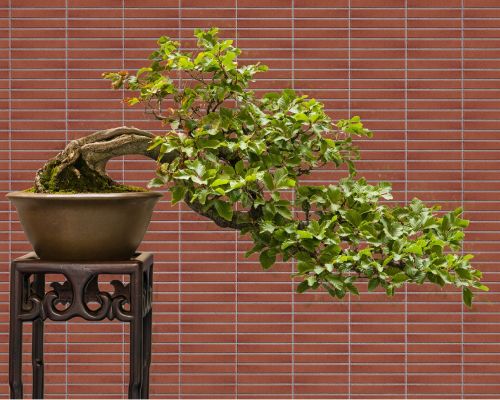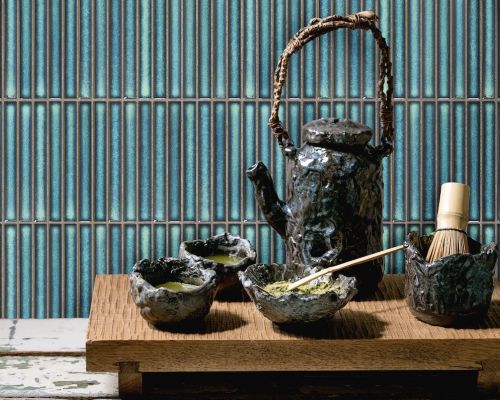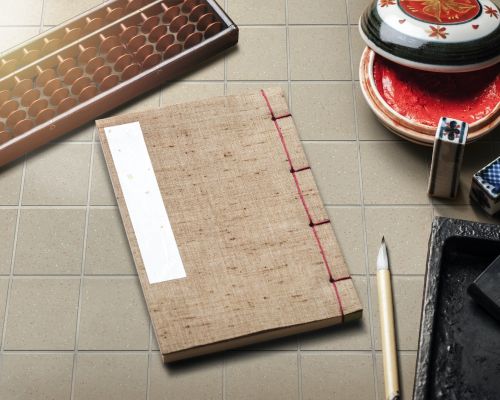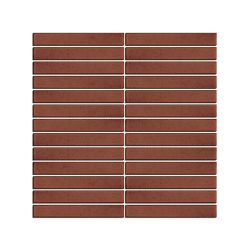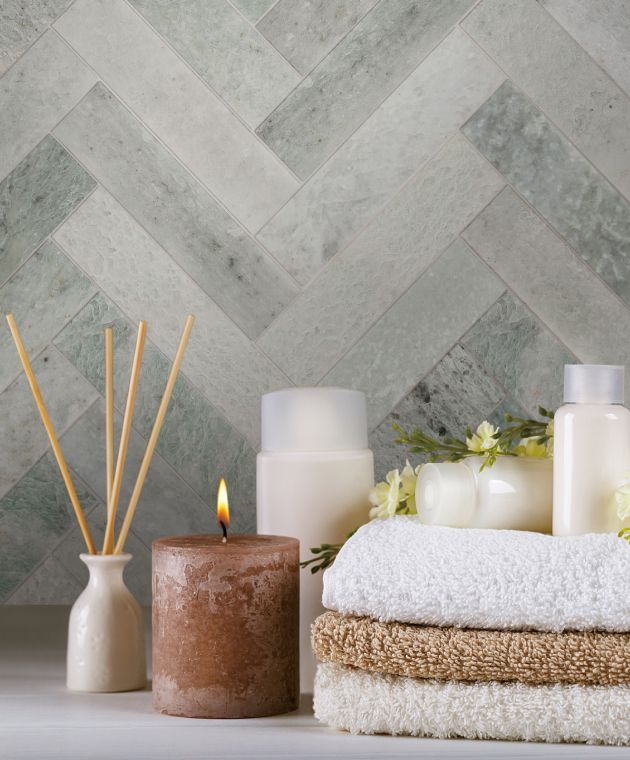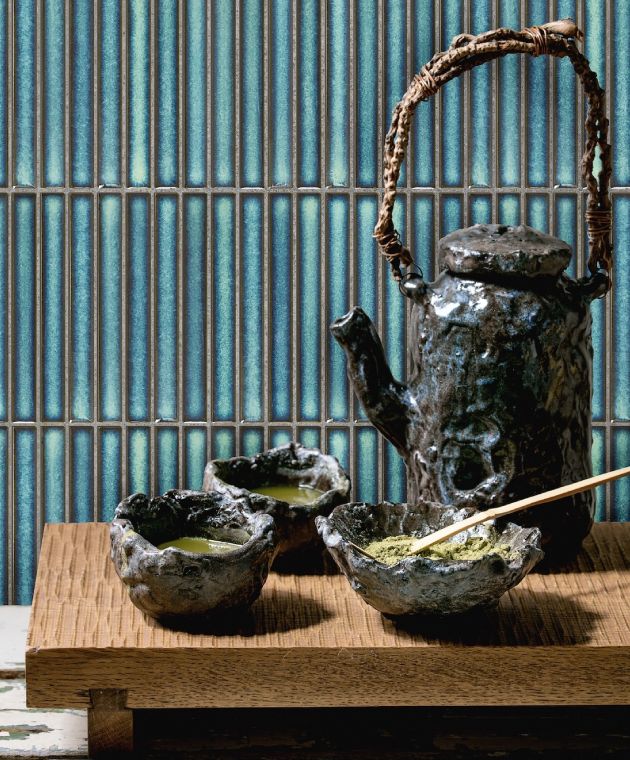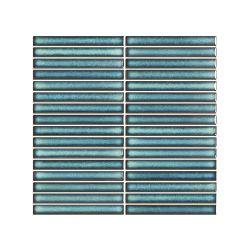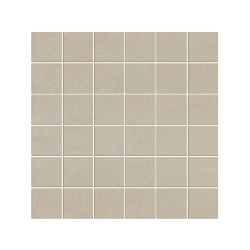Aki
Winter is an etching, spring a watercolor, summer an oil painting and autumn a mosaic of them all.
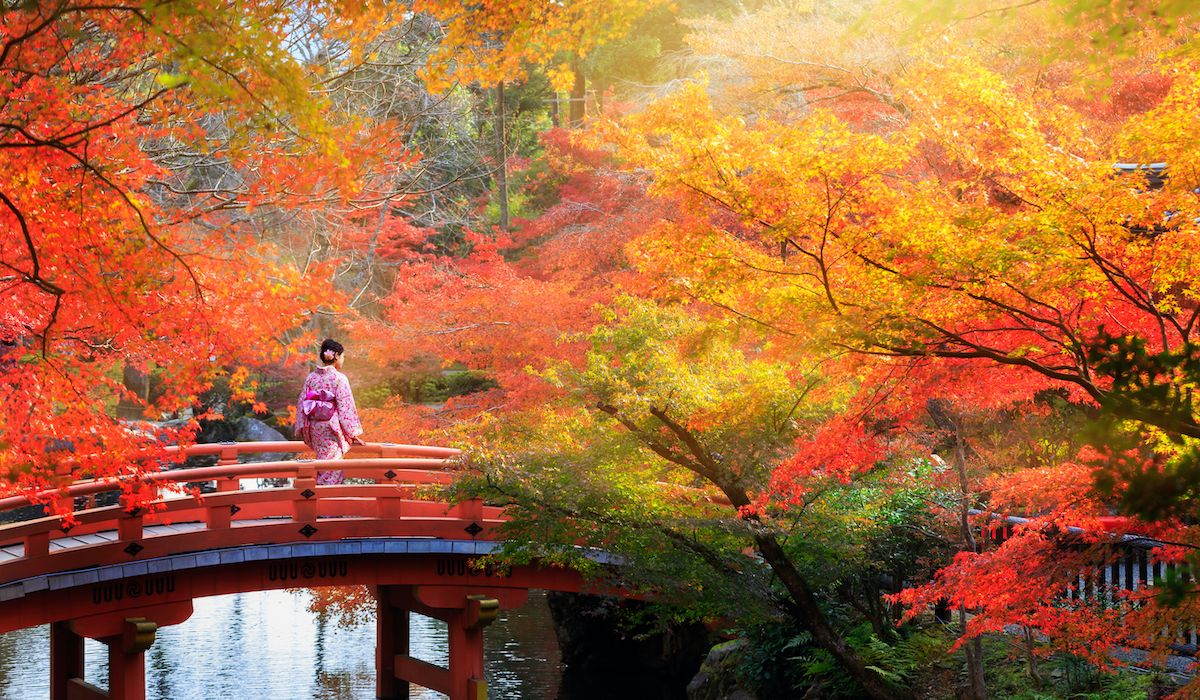
Momiji
The fall foliage in Japan is a magnificent sight that has inspired artists and poets for centuries, with a specific name for this phenomen, called momiji, meaning the red leaves of the maple tress, so much so that one popular fall activity consists of searching for the most striking shades of leaves. Shades of red and orange have profound influence on Japanese culture; symbolising protection and strenght, it isn't surprising that these colors have been used to highlight buildings and interiors for centuries, with the characteristic red cinnabar colour.
Every leaf speaks bliss to me, fluttering from the
autumn tree.
– Emily Brontë
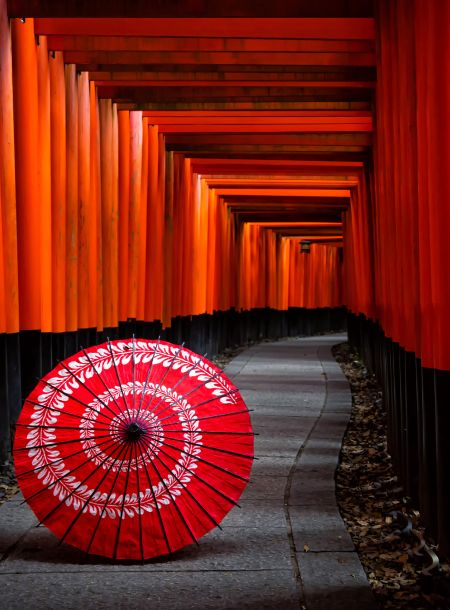
We lead our lives like water flowing down a hill, going more or less in one direction until we splash into something that forces us to find a new course.
— Arthur Golden
Wellness
For Buddhists, Autumn represents a moment that is important both spiritually and symbolically as it reminds us that life is ephemeral. For this reason, Onsen are particularly enjoyed during this time: besides their warming and therapeutic qualities, onsen were believed to possess mystical and holy powers because of the mineral content of the geothermal spring water. Furthermore, the process of creating a fire to heat water for a bath was historically quite an ordeal, so the natural hot water emanating from the earth became something that was highly valued.
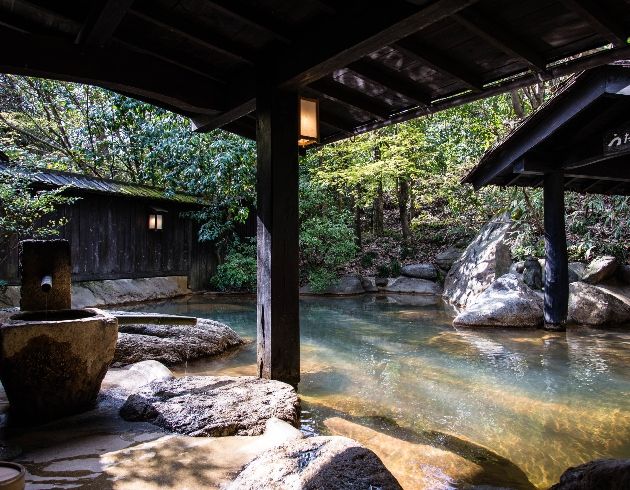
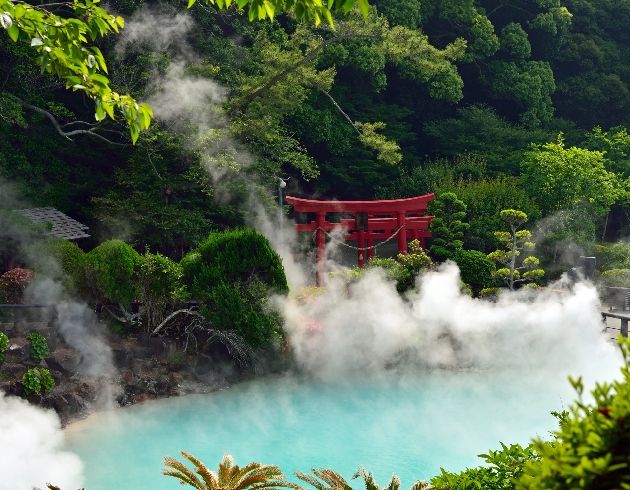
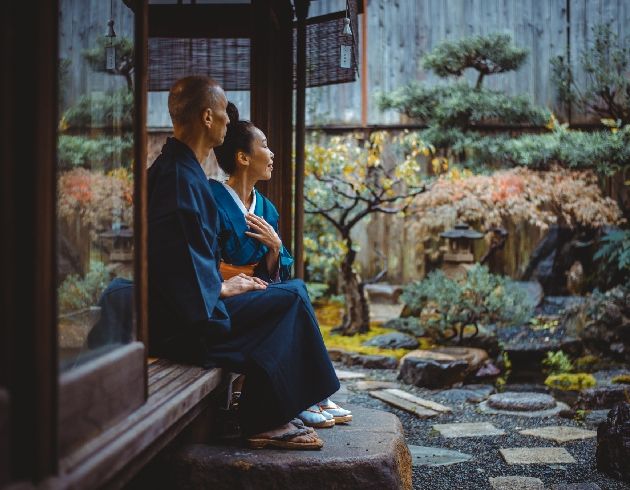
Tradition
Being a very old country, it isn't surprising that a lot of traditional Japanese Aesthetics are forms of beauty in Japanese culture that derive from earlier centuries. Simplicity, elegance and neutral colors have been part of the many aesthetics for a long time, and the artistic expression of traditional nature have been used as meditation and enlightment concepts fir even longer. Artistic beauty is seen not only as expression of creativity, but also as part of zen teachings for anyone who wishes to seek such inner peace.
Only the hand that erases can write the true thing.
– Meister Eckhart

